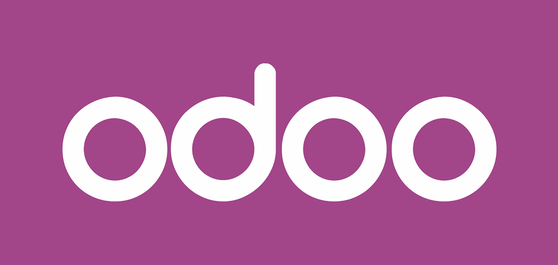
Using Odoo for your accounting and inventory, there are a few things to learn about stock accounting if you want to maximize your own business performance.
Odoo for Stock Accounting
When it comes to inventory, purchasing, and accounting, different costing methods, and terms like ‘perpetual inventory valuation’ and ‘periodic inventory valuation’ are important to know and consider. The following article is a quick guide into stock accounting for inventory using Odoo.
Costing methods.
There are different costing methods to be aware of in Odoo. The ‘standard price’ is simple and is computed based on a set price for a product. Please note the purchase order price has no effect on standard price costing.
Then, there is ‘average price’. Every time a product is purchased and received, the cost price is re-calculated based on the purchase order price paid and quantity ordered.
Despite this, when products leave the warehouse, cost is not affected. For example, if one purchases a quantity of eight units, the purchase price is $10/each, the stock valuation is $80, and the cost price is $10. However, if you add 4 units for a purchase price of $16, the stock valuation increases to $144 and the cost price increases to $12.
‘Real price’ is complicated and less common. This cost price is determined by the actual purchase price as items are received. It is not calculated as an average. It instead keeps inventory separate in groups as needed based on the purchase price.
The costing method you choose will compute the cost of what’s in your inventory. Before considering how you’re going to do your accounting and general ledger, deciding how you intend to add up inventory has to happen.
Periodic valuation.
Using periodic inventory valuation identifies, goods received and goods delivered have no immediate effect on accounting. Instead, a single journal entry representing inventory value is posted at the end of a month, quarter, or year. This is how it is most commonly done.
Perpetual valuation.
When perpetual inventory valuation is used, all purchase order receipts and deliveries are logged into your books in real-time. For this, a lot of additional configuration and testing is required. Typically, only advanced users and advanced-level accountants would be recommended to use perpetual valuation.
Landed costs.
In your accounting, landed costs allows you to include additional costs associated with receiving a product, such as shipping, custom duties, insurance, and labor charges.
For landed costs, real costing and perpetual valuation are required. Using Odoo, you can apply landed costs on your receipt orders using different split methods supported in the software.
Depending on the accounting requirements and preferences you hope to fulfill with your Odoo software, these are some of the definitions, approaches, and strategies to keep in mind.
Decisions made regarding these terms and the formulas which make them are critical to how Odoo’s going to work for you. It’s recommended to make them early on.
Reliant on what you choose for costing methods and valuation, accounting numbers change accordingly in Odoo to accommodate. Odoo’s a great accounting software, with numerous modules to combine with it.
That said, from a fundamentals standpoint, a business owner still needs a required basic knowledge of how to count inventory, and what’s most appropriate for their business and industry.